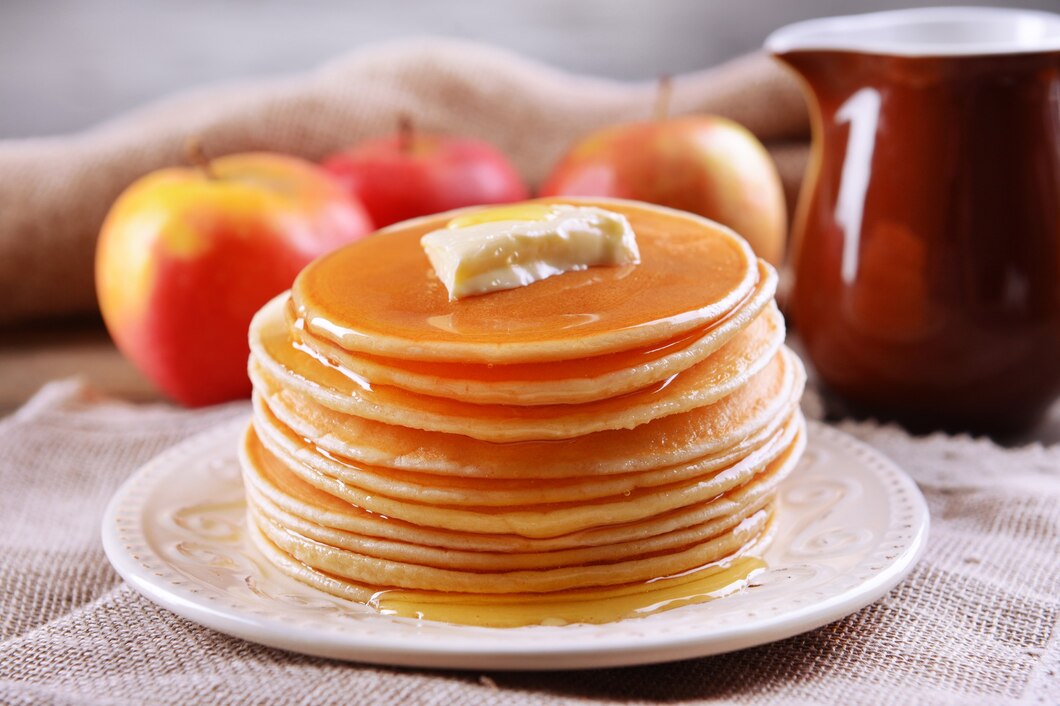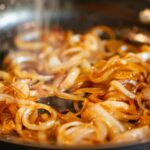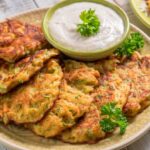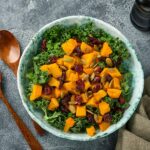There’s nothing quite like waking up to a stack of fluffy, golden pancakes. But not all pancakes are created equal. Some come out dense and heavy, while others practically melt in your mouth. So what’s the secret to making pancakes that are light, airy, and beautifully soft every time?
It turns out, the key lies in a combination of technique, ingredient choices, and one often-overlooked trick. If you’ve ever wondered how to make restaurant-style pancakes that practically float off the plate, here’s how to unlock the lightest pancakes ever.
1. Start With Fresh, Room-Temperature Ingredients
Cold eggs or milk can hinder batter performance. Using room-temperature ingredients helps create a smoother batter and promotes even cooking. Let your milk, eggs, and melted butter sit out for about 15–20 minutes before mixing.
2. Use Buttermilk, Not Regular Milk
Buttermilk isn’t just a flavor booster—it’s also a game changer when it comes to texture. The acidity in buttermilk reacts with baking soda to create carbon dioxide bubbles, which give pancakes their light, airy lift. No buttermilk on hand? Mix 1 tablespoon of lemon juice or vinegar into 1 cup of milk and let it sit for 5 minutes.
3. Don’t Overmix the Batter
This is where many pancake dreams go wrong. Overmixing activates the gluten in the flour, resulting in tough, dense pancakes. Stir the wet and dry ingredients together just until combined. It’s okay if the batter looks a little lumpy—those lumps mean fluffiness.
4. Let the Batter Rest
Give your pancake batter 5 to 10 minutes to rest before cooking. This allows the flour to hydrate fully and gives the baking powder and baking soda time to start forming bubbles. A short rest leads to a smoother texture and better rise.
5. Separate and Whip the Egg Whites
This is the ultimate secret weapon. For ultra-light pancakes, separate the eggs. Mix the yolks into the wet ingredients, then whip the whites until soft peaks form. Gently fold the whipped whites into the finished batter just before cooking. This adds volume and airiness that regular mixing can’t achieve.
6. Use a Hot, Lightly Greased Pan
Preheat your skillet or griddle over medium heat and brush it lightly with oil or butter. The pan should be hot enough that a droplet of water sizzles on contact, but not so hot that the pancakes brown too quickly on the outside.
7. Flip Only Once
Wait until you see bubbles form on the surface of the pancake and the edges look set before flipping. One flip is all you need. Flipping too early or too often can deflate the pancake and prevent a good rise.
8. Stack and Serve Immediately
To keep your pancakes light and fluffy, serve them as soon as they come off the griddle. If you need to keep them warm, place them in a single layer on a baking sheet in a low oven—don’t stack them while they’re hot or they’ll steam and become soggy.
Bonus Tip: Use Cake Flour for Even Softer Results
Cake flour has less protein than all-purpose flour, resulting in a softer, more tender crumb. If you’re aiming for the fluffiest pancakes possible, swap half or all of the all-purpose flour with cake flour.
Perfect Pancake Formula: A Quick Recap
- Room-temp ingredients
- Buttermilk + baking soda
- Gently mixed, rested batter
- Whipped egg whites folded in
- Hot pan, minimal flipping
- Serve immediately
Creating the lightest pancakes ever isn’t about expensive gadgets or secret ingredients—it’s about understanding what makes a pancake rise and stay tender. With these tips, your weekend breakfasts are about to become legendary. Whether you top your stack with butter and syrup, fresh fruit, or a dollop of whipped cream, you’ll be serving up cloud-like pancakes that everyone will remember.






